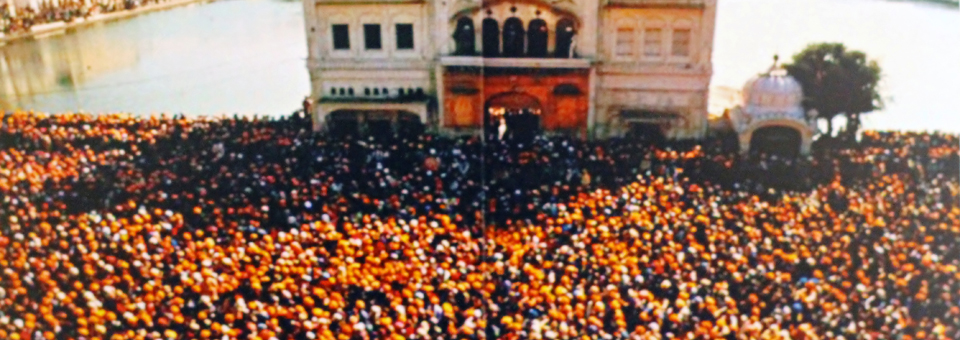Peace is as elusive today as it is prominent in people’s minds. Since the first individuals were honoured with the award of the Nobel Peace prize in 1901, for every organisation emerging to help bring about a meaningful existence in the world, there have been numerous wars and conflicts between regions, states, communities and religions. The possibility of peace is being stretched, be it in Afghanistan, the rebuilt Iraq, the new formations in Libya and Egypt despite uprisings, Palestine-Israel, India-Pakistan, North-South Korea, or the newly partitioned Sudan not to mention so many other places in Africa.
Peace can be explained as a state of harmony characterised by a lack of violent conflict and freedom from fear of violence. No matter what type of governance, democratic or a dictatorship, peace cannot exist where the people are governed by a fear psychosis. Even in the west we see this in the form of harsh measures such as the draconian Patriot Act in the USA or national security concerns in Europe. The reasons given can be any, but keeping people from freedom of expression, from a free flow of thought is to an extent missing everywhere today.
Peaceful existence based on respect, with an absence of hostilities, has made the creation and sustenance of just states a casualty in many regions. Even in the ‘land of Gandhi’, India, the birth place of Satyagarha, conflicts are many from the Nagaland to Kashmir, or in other regions like Punjab where simmering discontent after prolonged conflict is still present.
Since classical times, peace has been mostly achieved by the victor over the vanquished using ruthless measures, for example Tibet where Tibetans are subjected to Chinese ruthlessness. In Punjab of India, Sikhs have too suffered the same way. Even though every year India celebrates peace by conferring a peace award in Gandhi’s name, over the last 65 years since independence, more than 50 million people have been forcibly displaced because of conflicts, riots, development, building dams or in the name of maintaining harmony. All peaceful protests by Sikhs for basic human dignity, peaceful coexistence and response to political issues have been vanquished by might in the name of maintaining peace. The fear is such even today that public expression of grief and pain has become a casualty.
Peace is such an illusion in today’s times that a state of balance, acceptance of differences, depth of tolerance and dialogue is a widening gap in society. The rights of people and voices of discontent are being discarded. From region to region, state to state, this varies. The main theme of the Sikh way of life, like other religions, is an attainment of peace, but the noises within and in surrounding places takes its toll.
Sikhi being the youngest of major religions and having been under heavy stress since its birth, has always held peace as the main goal – Sarbat da Bhalla. Presently, many issues within Sikhs and surrounding them are stretching the aim for peace. To attain the illusive goal of peace, we Sikhs should reinterpret the theories of the modern world, borrowing from Johan Galtung, a Norwegian co-founder of peace research on positive peace which brings justice. Looking at these, in the light of what we know from scholarly interpretations of Sikh holy texts, we know to insist on surface awareness of issues concerning Sikhs and opening up to a wider dialogue and deeper understanding, rather than always taking a reactionary approach and limiting our beliefs to narrow boundaries.
Peace is a bridge to strengthen humanity and create an acceptable sense of justice for the people. It is a way forward that all should hope to take, even if it is not always possible.




